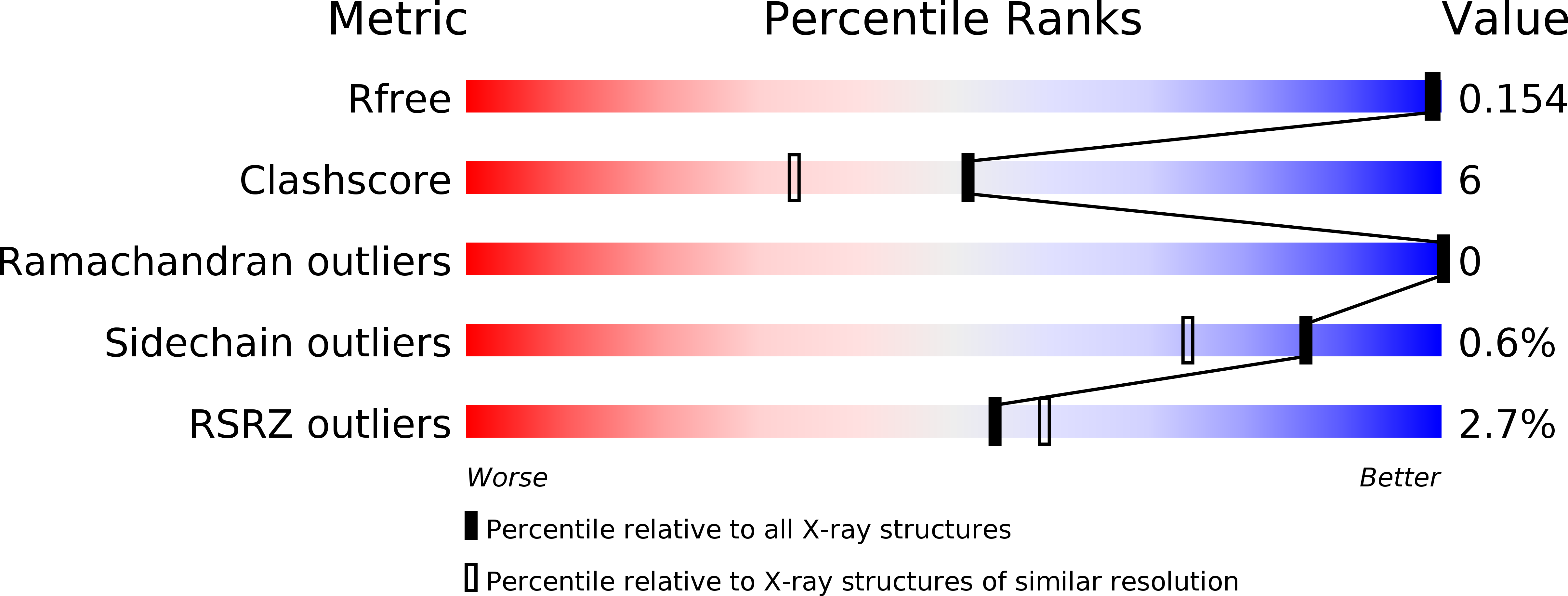
Deposition Date
2009-04-29
Release Date
2009-12-08
Last Version Date
2024-11-20
Entry Detail
PDB ID:
3H93
Keywords:
Title:
Crystal Structure of Pseudomonas aeruginosa DsbA
Biological Source:
Source Organism:
Pseudomonas aeruginosa PAO1 (Taxon ID: 208964)
Host Organism:
Method Details:
Experimental Method:
Resolution:
1.50 Å
R-Value Free:
0.15
R-Value Work:
0.11
R-Value Observed:
0.11
Space Group:
P 41


